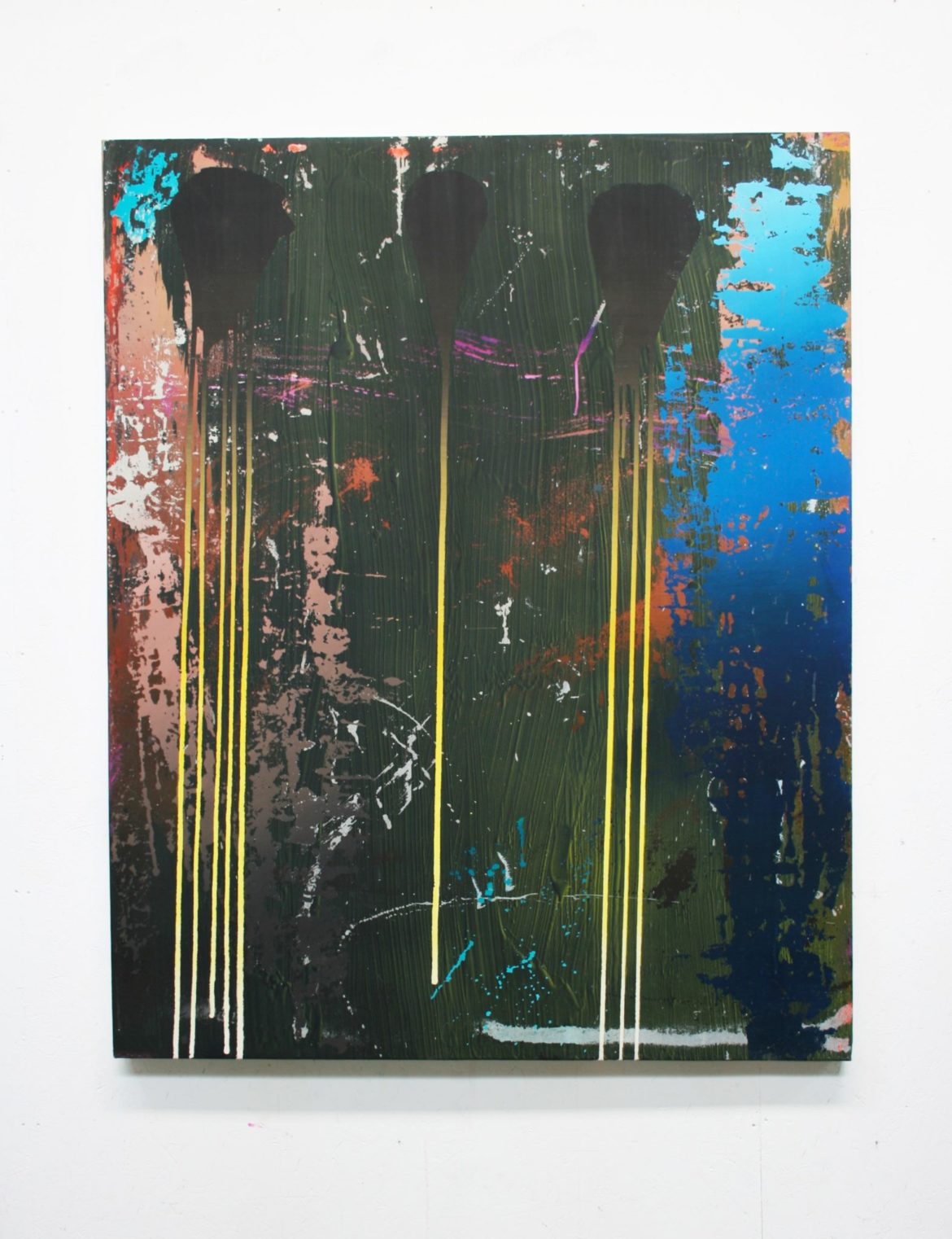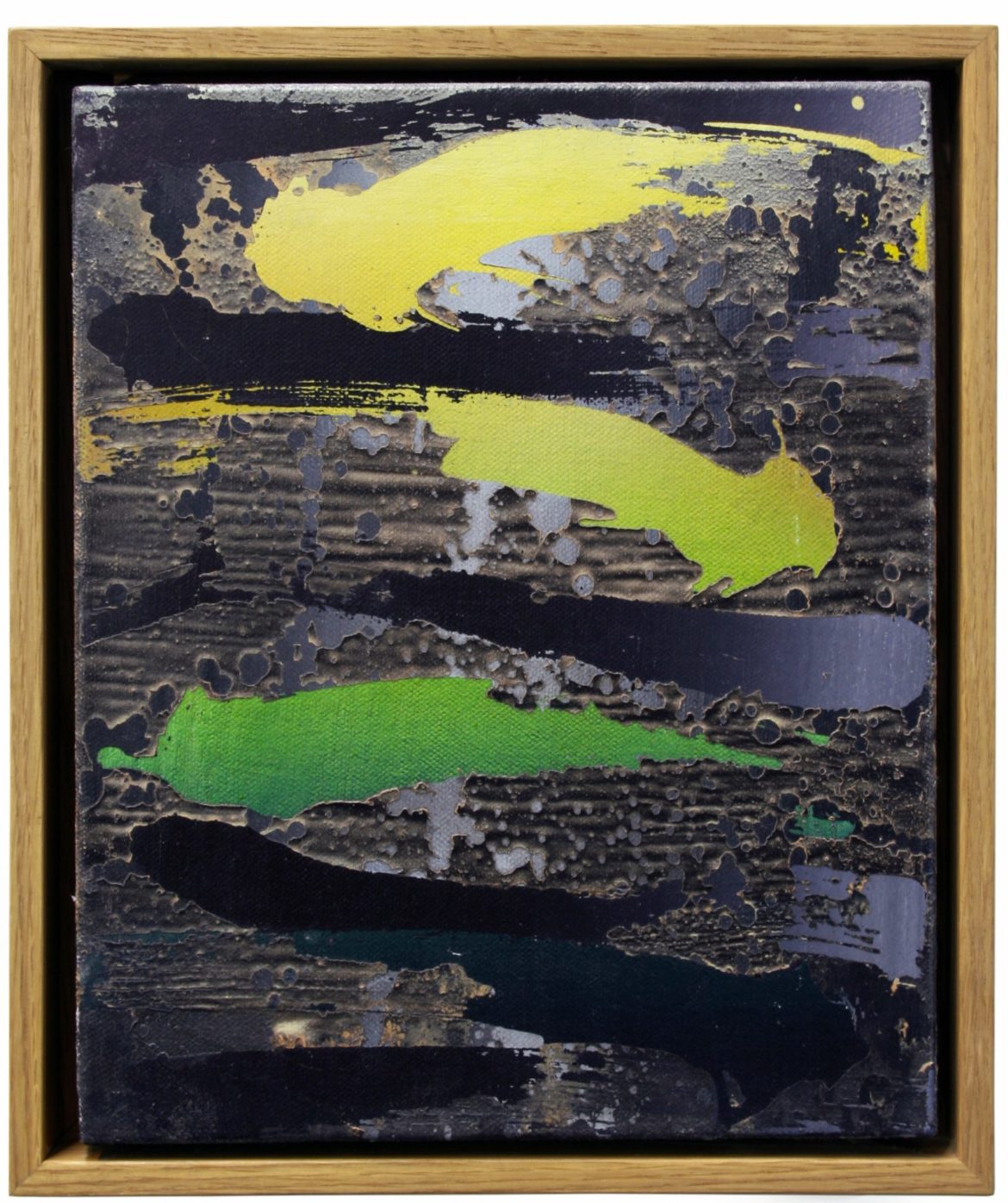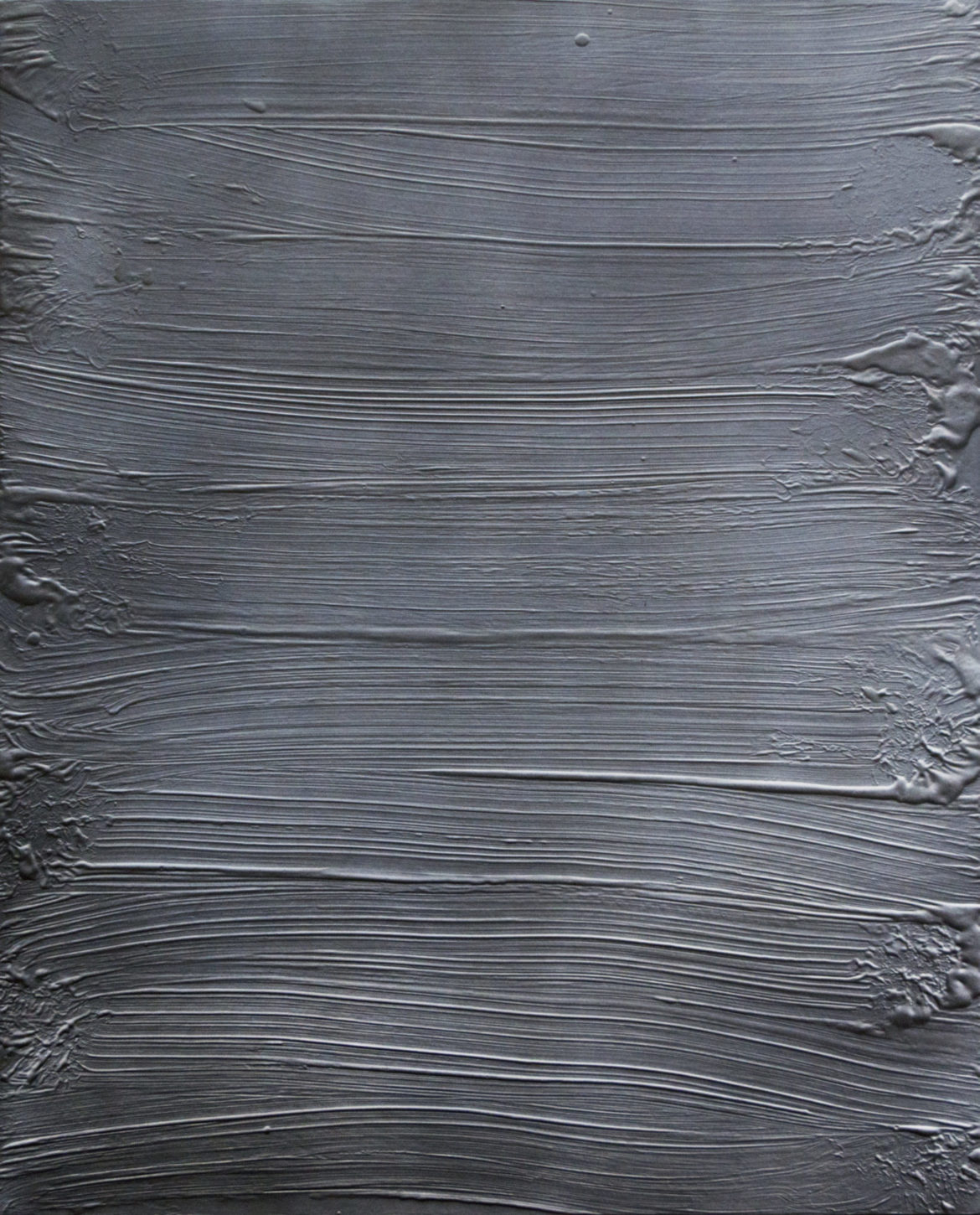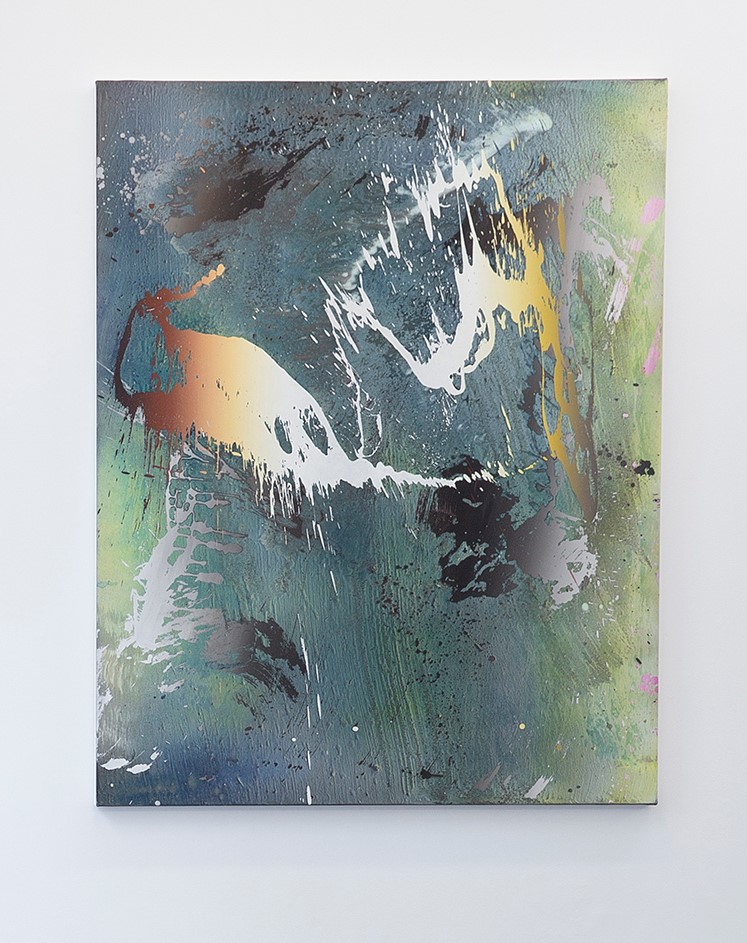WE COLLECT presents ‘Empty Sea and Cavern’, the first solo show bu Alan Sastre in London, whith a selection of his two latest series of works. On one hand a series of monochrome canvases that offer the shade of one of the possible ways of pictorial surface refinement, and on the other hand a series of abrased looking paintings where he makes and unmakes during their process.
The works of Alan Sastre (Barcelona, 1977) raise doubt in the pragmatic sense that Richard Shiff described: “A doubter, he was also a believer”. Linked to the tactical and experimental in their study, they increase in the visitor the desire to interact with them, forming questions without answers possibly as creative doubts that might be consequences of the perception of its materiality, and linking the audience with the material and the tridimensional space of the painting itself.
“My work requires a lot of involvement with the material”, says the artist. “You have to know the painting, the time it takes to dry, the control of the temperature, how the different materials relate, the techniques… It is closely intertwined with the process and the pictorial tradition, something that has always interested me greatly”.
Made up of many large and small format canvases painted using resignified objects and materials, the exhibition shows the two main lines of work that Alan Sastre has been developing in recent years. First, the series “Mop Paintings”, monochrome paintings that the artist paints with a mop and at night when he is alone and quietly in his London studio.
“These works have something magical and relaxing. They are very ordinary movements that everyone does when they wash the dishes or clean the windows. I am also very interested when something so mundane is transferred to the pictorial field and is charged with history and meaning. I am concerned with what happens when it relates to the tradition of the monochrome, which has always been linked with the sublime, the invisible or the ineffable, those meditative paintings of Rothko, Newman, Klein or Hafif”.
The second series, ‘Blind Paintings’, is more linked with subtraction as a way of painting. Using chance as an artistic method, the painter overlaps layers and layers of paint until he forgets what was underneath. It is then when he blindly drags and removes, discovering the more profound layers and dialoguing with the artwork during the whole process;
“These paintings work when I completely lose control over them and forget what is underneath. This method allows me to be continually surprised and feel refreshed by the painting, returning to the past, and revelling a temporary reading of the painting, combining memory and oblivion. They are like icebergs where you can only see a little piece that stands out but where everything else that is below is necessary and essential for the final result”.
Alan Sastre (Barcelona, 1977)
Bachelor of Fine Arts from the University of Barcelona and graduated in Pictorial Procedures and Mural Techniques from Escuela Superior de Arte y Diseño Llotja, Barcelona. He obtained a Seneca scholarship from the Fine Arts School at the University of Granada in 2019, a scholarship at the Rodriguez Costa Foundation in the same city in 2007 the Fellowship at The Cooper Union School of Art in New York. He has participated in exhibitions such as ‘Durante la construcción de la muralla china’, Luis Adelantado, Valencia in 2006; ‘Matter’, County Hall Gallery, London in 2019; ‘Kronos’, Centre d’Art Santa Mònica, Barcelona in 2018; ‘Do Re Mi Fa So La Te’, Griffin Gallery, London in 2018; ‘Black Trunk of the Pharaoh’, Unit 1 Gallery, London in 2017; ‘Cuarta Pared’ and ‘Babble’, Galería Combustión Espontánea, Madrid in 2017 and 2015; ‘Griffin Gallery Open” where he won the Liquitex Acrylic Painting Prize, Griffin Gallery, London in 2015; ‘Performed Painting’, The Ryder, London in 2015; ‘Contemporary Visions V’, Beers London, London in 2015; ‘Shuffle’, Kreuzberg Pavillion, Berlin in 2014; ‘Premio Internacional de Pintura’, Fundación Focus Abengoa, Sevilla in 2008; ‘The Exchange Show’,The Great Hall Gallery, The Cooper Union Foundation Building, New York in 2007; or ‘De cómo acotar un cruasán’ (2006), Sala Alta del Palacio de los Condes de Gabia, Granada in 2006. Among the collections that have acquired his works are Das Eschmertal Museum (Germany), Font-Irwin Collection, Ignacio Polanco Collection, Rodríguez Acosta Foundation, Escuela Superior de Arte y Diseño Llotja or the University of Barcelona.
—
ALAN SASTRE EMPTY SEA AND CAVERN
8 November 2019 –3 January 2020
Opening: 7 November, 6:30 pm
County Hall. Belvedere Rd. Ground Floor SE1 7GL London
Artist’s website: www.alansastre.com
Images © Alan Sastre, by courtesy of WeCollect London.




